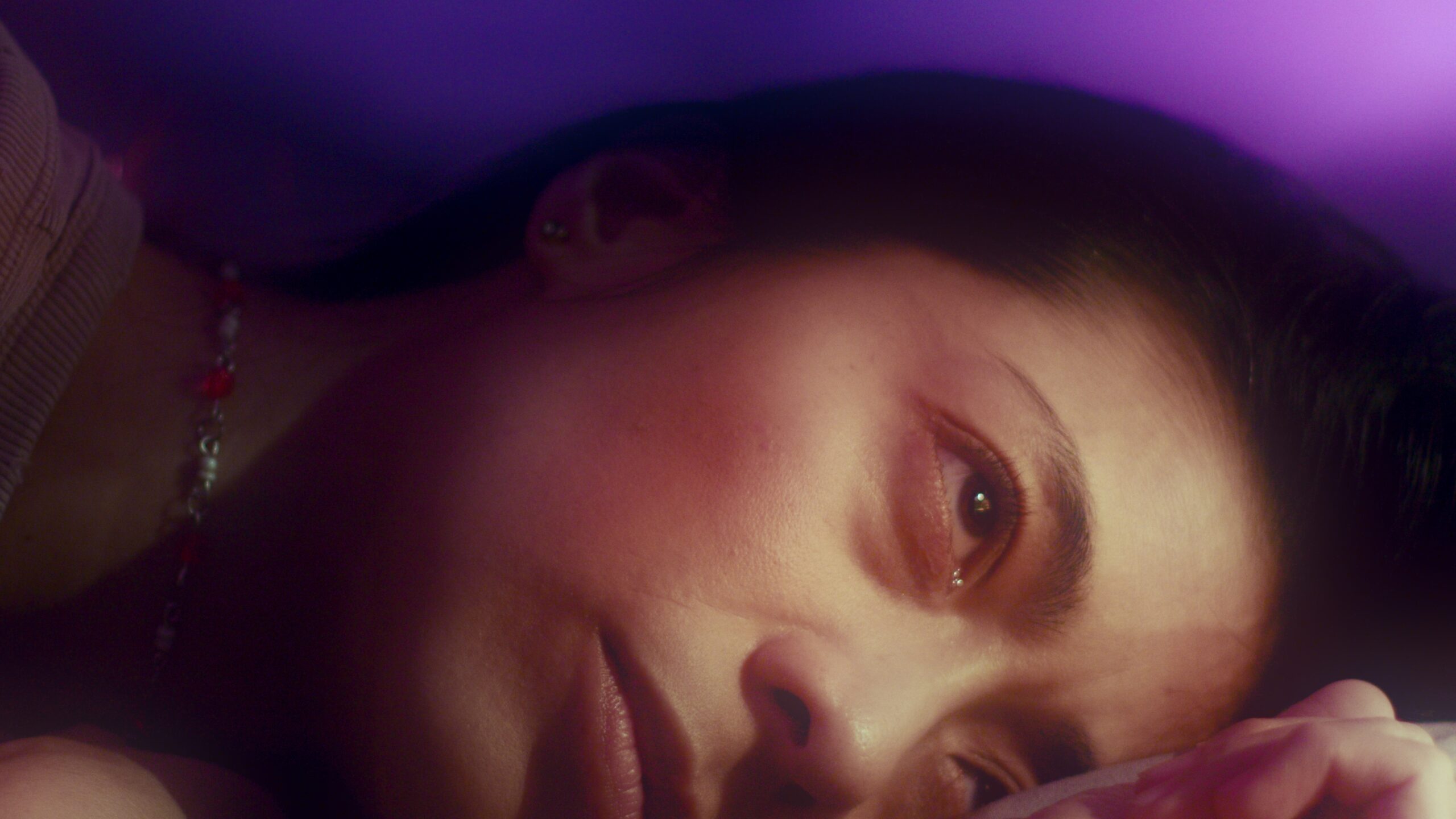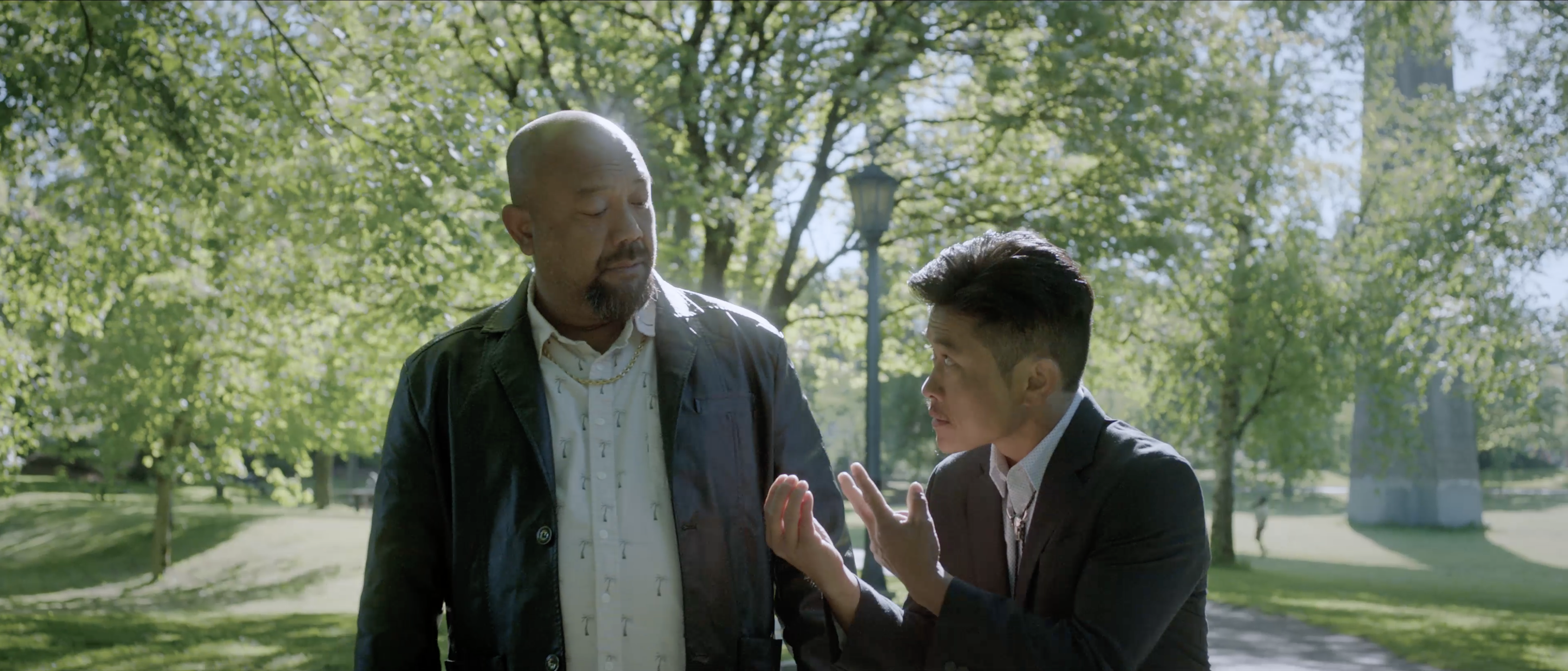News
Land, Lineage, and Resistance: Indigenous Narratives at LAAPFF 2025 Reclaim Voice and Vision
August 11, 2025
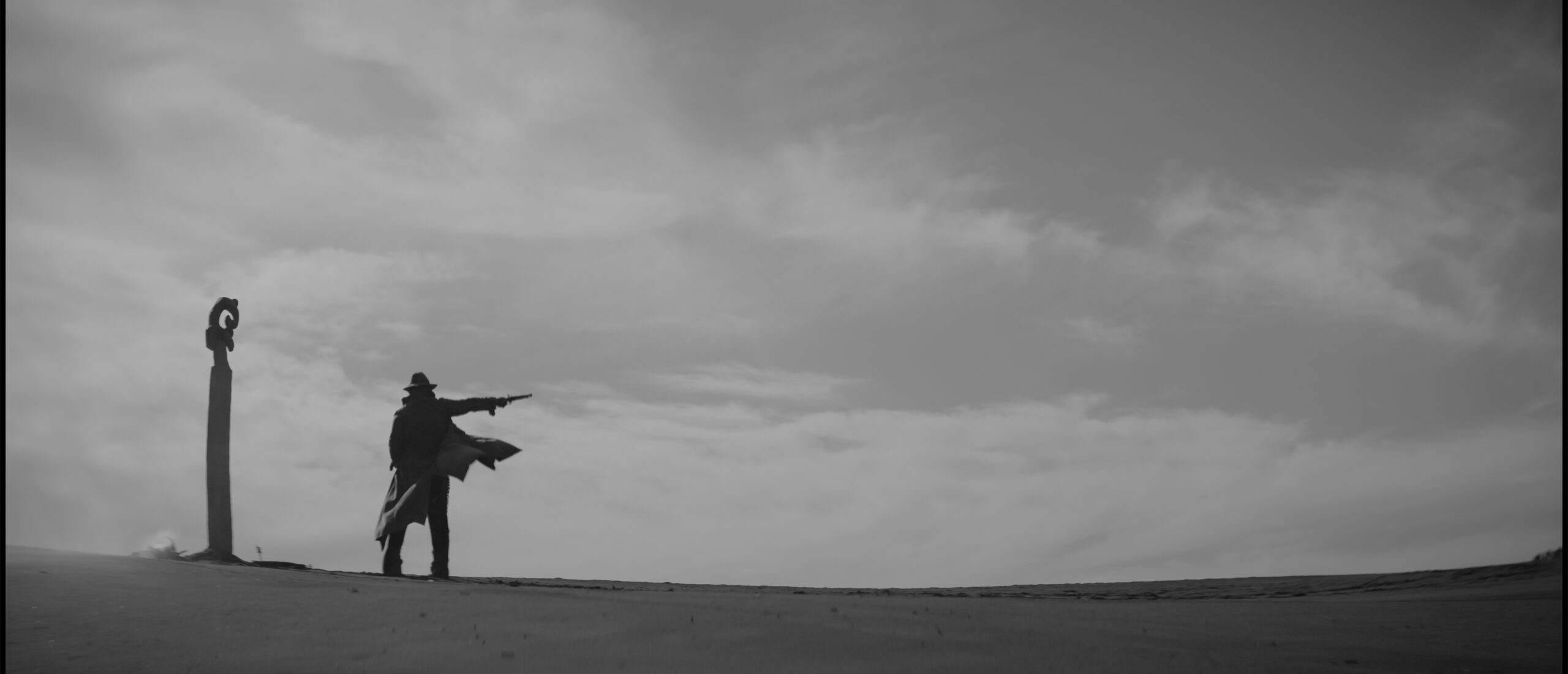
At the 2025 Los Angeles Asian Pacific Film Festival (LAAPFF), stories told by and about the descendants of the land’s original stewards -Native Hawaiian, Pacific Islander, Ifugao, Hmong, Māori, Adivasi, Bunun, and more- resounded with clarity and force. These films were not just about Indigenous life; they emerged from it. In reclaiming narrative authority, the filmmakers challenged stereotypes, amplified intergenerational memory, and held space for cultural renewal. Each film reflected a commitment to rootedness, survival, and the complex legacies of colonization.
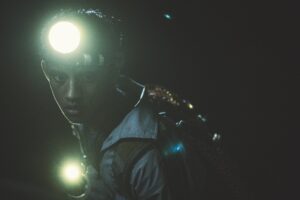 Prey and Prayers
Prey and Prayers
Directed by Langui Madiklaan
Prey and Prayers made its international premiere at LAAPFF. Set in Taiwan’s mountain ranges, the film follows Bali, a young Bunun man, and his father through a harrowing night steeped in ancestral spirit, ecological truth, and emotional inheritance.
“This story is not just about hunting. It is a dialogue between people and the mountains, between a father and his son,” explains director Langui Madiklaan. “Our culture is not a symbol of sorrow or mysticism. It is a living, complex everyday reality.”
Madiklaan based the film on a real experience shared by his father and younger brother. “In the short film, the father represents ancestral wisdom, while the son embodies the impatience and disconnection of younger generations. Their journey becomes both a struggle for survival and a passage of spiritual inheritance.”
He continues, “In Taiwan, hunting culture is still widely misunderstood. We are often seen as aggressors who kill animals from a place of dominance, but the reality is far more sacred. We invite the animal to appear before us. It is never about taking without asking. This belief is deeply tied to our understanding of ecological balance in the mountains.”
Prey and Prayers culminates in the haunting Bunun chant “Pislahi,” historically sung before a hunt. “Its message lies at the heart of this film. We invite the animal spirits to come before our weapons. It is not a gesture of violence, but one of respect, humility, and sacred connection,” says Madiklaan.
By casting non-professional actors from his home village and filming in Bunun and Mandarin, Madiklaan’s work embodies authenticity and cultural continuity. “Culture is not preserved through doctrine but through presence, experience, and understanding. I didn’t want our culture to exist only as a topic of discourse. I wanted it to be the subject, the voice.”
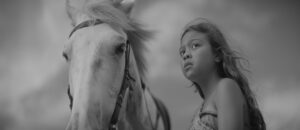 First Horse
First Horse
Directed by Awanui Simich-Pene
Produced by Mia Henry-Teirney, Puti Simich, Heperi Mita
Set in 1826 Aotearoa, the film imagines the first contact between a young Māori girl and Western civilization, encapsulated in the mysterious arrival of a dying settler and a creature she had never seen before: a horse.
“Long before I became a filmmaker, I was a little girl exploring my ancestral lands on horseback,” shares Simich-Pene. “During that time, I was cultivating a rich life experience that would eventually inspire the idea for First Horse. While the initial concept was simple, my research uncovered a complex history. Making this film has been a personal journey of reflection and discovery.”
The story draws from imagination, history, and memory. “Our film is inspired by the idea of a girl’s first encounter with a horse,” she continues. “The wonder of such a meeting is something we’ve always been fascinated by. It would be as mind-blowing as making contact with aliens.”
That sense of wonder is not just cinematic, it is familial. “Much of our team was family,” Simich-Pene notes. “We had three generations working on set. Our crew was 98 percent Māori, and we worked predominantly using our native language. We wanted to create an environment that empowered Māori creatives to thrive and create their best work.”
Producer Heperi Mita states the film’s significance in historical context. “At its core, our film is about the first contact between Māori and Western civilization. While there are many stories of conflict, we wanted to explore the quieter moments before the storm: when the awe and unfamiliarity of colonization was just beginning to take shape.”
The arrival of the horse becomes a symbol of that moment. “Its presence marked both connection and change. On one hand, horses were embraced as companions and resources. On the other, their arrival signaled the beginning of cultural disruption brought by colonial forces,” Simich-Pene explains.
As storytellers, the process was deeply vulnerable. “Sharing this space with other artists presenting culturally specific cinematic works creates a camaraderie that is impossible to replicate outside of a festival context,” she says. “LAAPFF is a rare environment where the audience values authenticity and integrity. That is where we want this story to live.”
Using cinema to imagine how a single moment could ripple through generations, First Horse becomes more than a historical fiction. It is a meditation on memory, imagination, and the fragile wonder that comes just before everything changes.
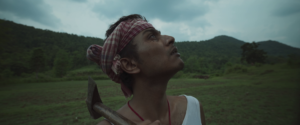 My Comrade
My Comrade
Directed by Tathagata Ghosh (India)
My Comrade had its West Coast premiere at LAAPFF. Set in West Bengal, the film follows a wounded rebel who finds shelter in the home of a tribal villager. What unfolds is a quiet and powerful story of resistance, longing, and queer desire within Adivasi life.
“I consider myself a ‘soldier of cinema,’” says Ghosh. “My cinema is my medium of personal expression and resistance. Through this film, I have tried to connect audiences with communities that are often made invisible. The Adivasis of India have been stripped of their homes, land, and basic rights by those in power. This film honors their struggles, their emotions, and their desires.”
He continues, “So many portrayals of Adivasi life are either romanticized or tokenized. I wanted to go deeperinto their internal world. Into the complexity of relationships they have with each other, with nature, with their grief. My Comrade puts forward their culture and their rebellion not in abstraction, but in intimate, human ways.”
The film also gently opens space for queer intimacy. “Queer desire within the Adivasi community is rarely explored in cinema,” Ghosh reflects. “Without being loud or explicit, our film explores those unspoken words: desire not just for one another, but for safety, for love, for recognition.”
Music and silence both play critical roles. “Through images and the songs sung by the Indigenous people in the film, we explore and honor cultural memory. Even when things are dark, I try to show moments where a character finds love or belonging. Those are the moments that give them, and us, the strength to resist.”
Ghosh spent two years immersed in the communities portrayed in the film. “I have stayed true to their lives and roots. My Comrade creates a discourse and throws light on their identities and lived experiences. It also helps us to understand who we truly are as a society by embracing our flaws.”
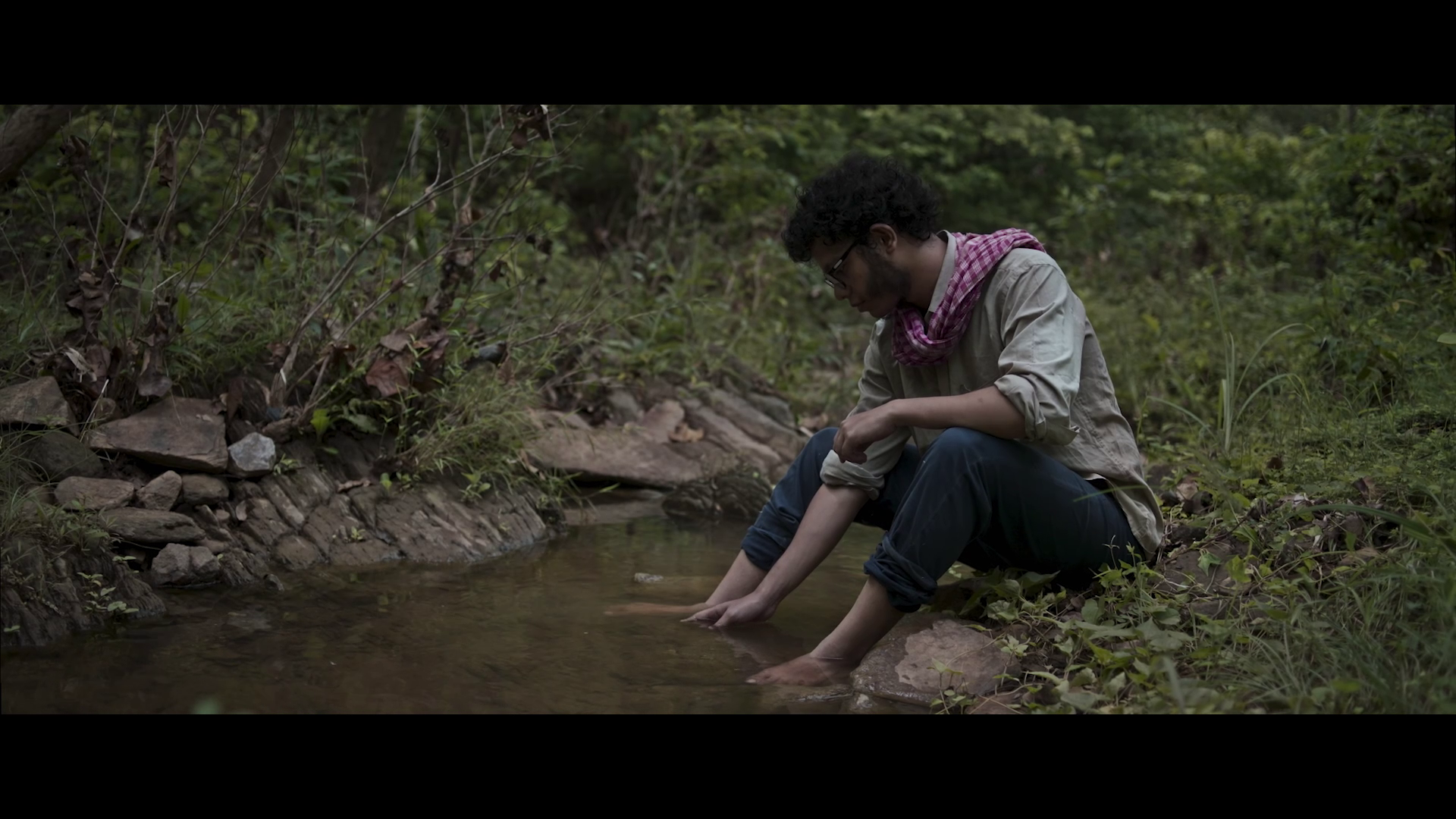
A Shared Language of Land and Survival
From Taiwan to Aoteroa to West Bengal, these three films formed an Indigenous constellation across borders and time. They resisted simplification, asking audiences not just to witness stories of colonization but to listen deeply to voices reclaiming space, sovereignty, and survival.
As Langui Madiklaan reminds us, “When hunting is labeled as a ‘crime,’ our very way of life is being denied.” And as Awanui Simich-Pene shares, “We are proud to be part of a festival that aligns with our values. Although this film is the product of our community, the ultimate destination of a film is the audience.”
Together, these works offered more than insight. They offered intimacy, conviction, and a profound invitation to reimagine the world through Indigenous eyes

 tweet
tweet share
share